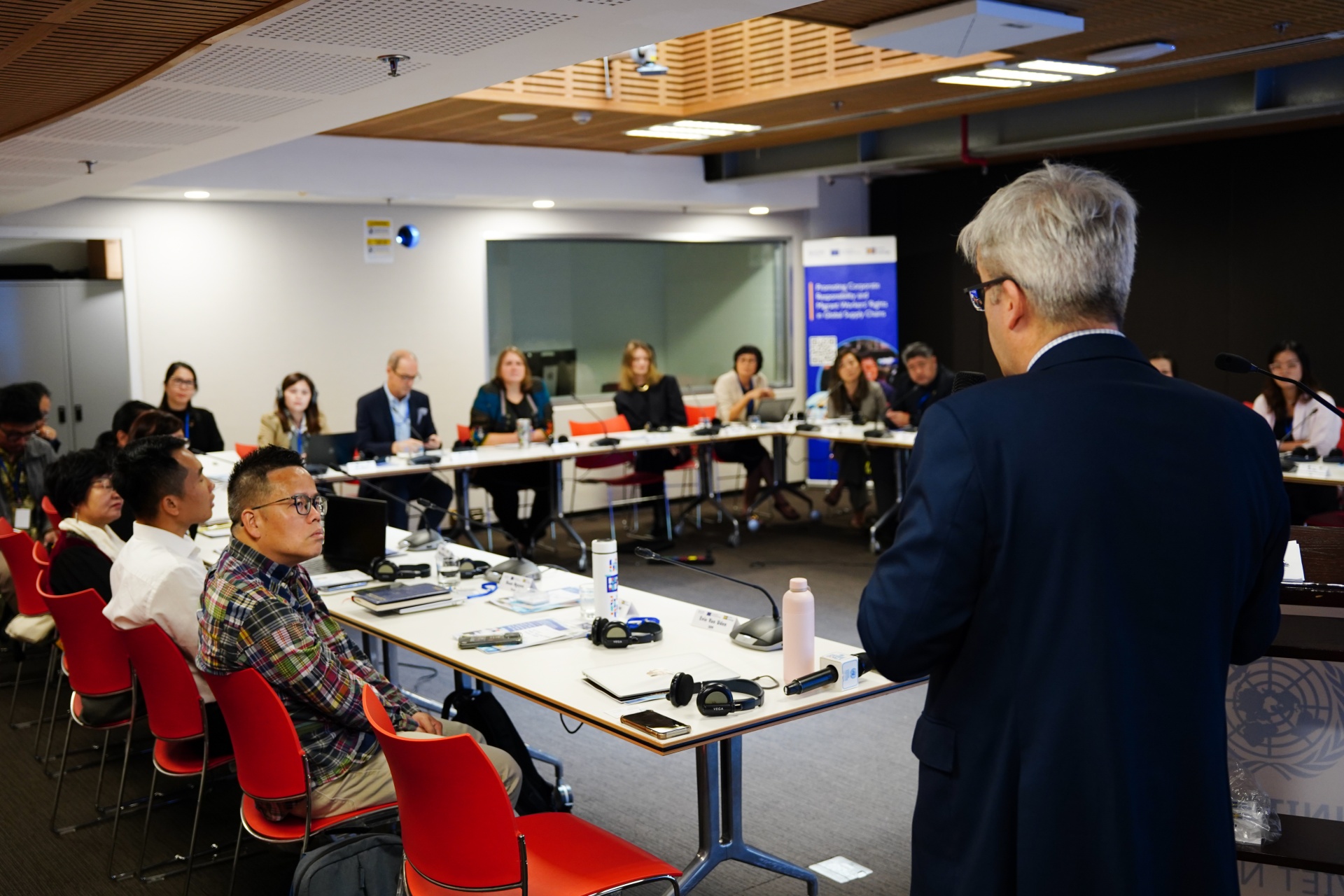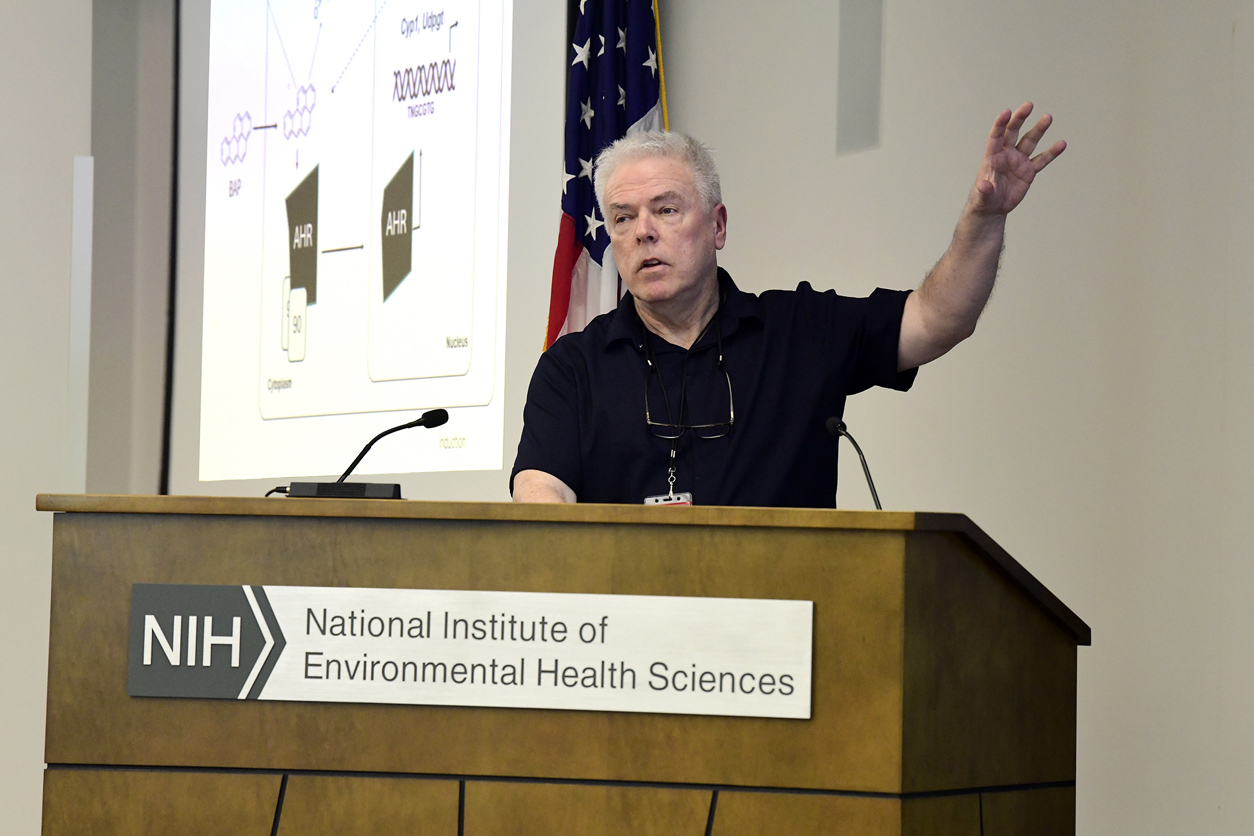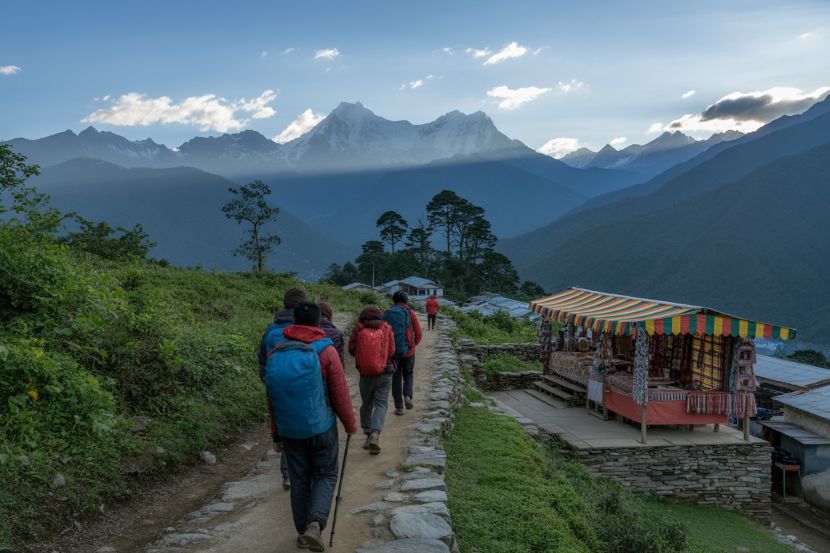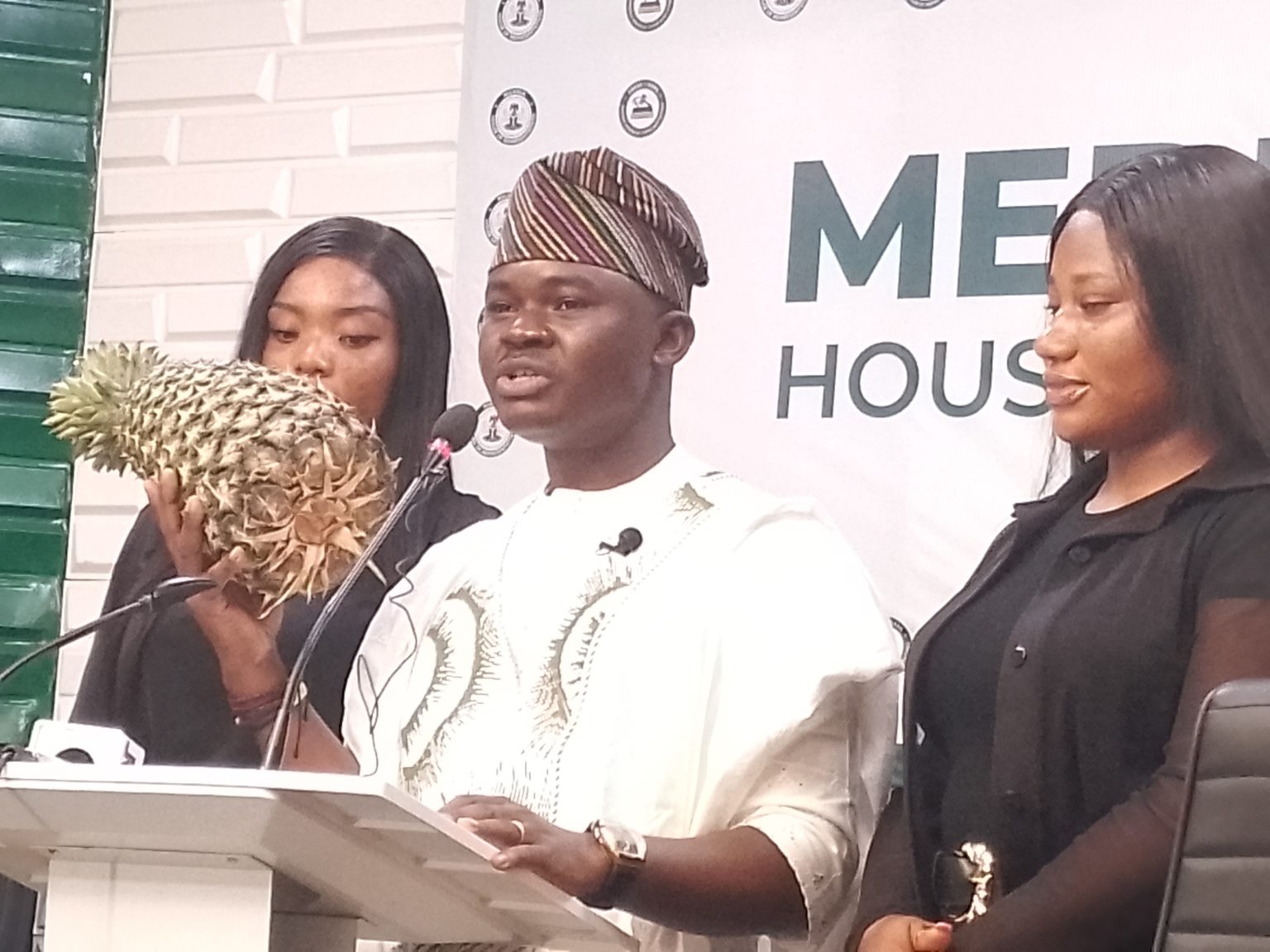New Zealand, China, and U.S. Travelers Set to Experience Curtin University’s Sustainable Tourism Concepts in Western Australia – Travel And Tour World
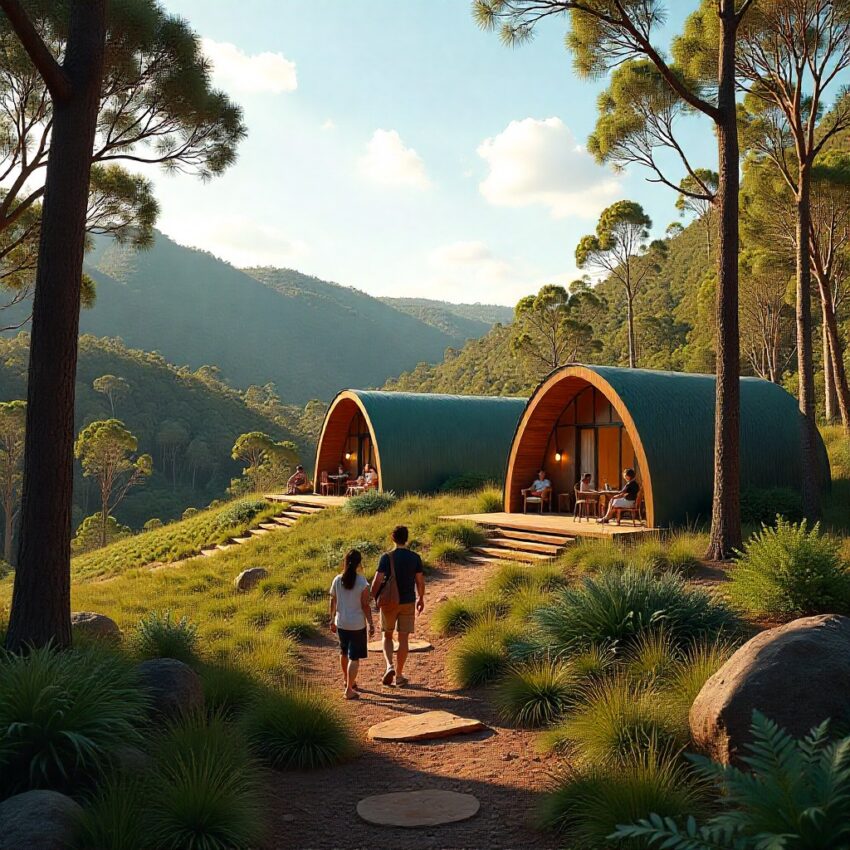
Report on Sustainable Tourism Development in Western Australia: A Focus on Sustainable Development Goals
Executive Summary
Western Australia is emerging as a leader in sustainable tourism, driven by a strategic partnership between Curtin University and the Department of Biodiversity, Conservation and Attractions (DBCA). This initiative develops innovative, eco-conscious tourism concepts designed to attract international visitors, particularly from New Zealand, China, and the United States. The program’s core focus is on integrating environmental conservation with cultural immersion, directly aligning with multiple United Nations Sustainable Development Goals (SDGs). This report analyzes the initiative’s structure, its contribution to the SDGs, and its impact on the regional economy, infrastructure, and community development.
Strategic Partnership for Sustainable Goals: Curtin University and DBCA
The collaboration between Curtin University and the DBCA exemplifies SDG 17: Partnerships for the Goals. This multi-stakeholder model combines academic innovation with public sector conservation efforts to create a framework for responsible tourism. Student-led projects focus on developing low-impact commercial accommodations and nature-based activities that are both environmentally sensitive and culturally inclusive. This partnership is instrumental in shaping a tourism industry that promotes sustainable economic growth while preserving natural and cultural heritage, contributing directly to several key SDGs.
Alignment with the 2030 Agenda for Sustainable Development
The Western Australia sustainable tourism initiative actively contributes to the following SDGs:
- SDG 8: Decent Work and Economic Growth: By developing tourism in regional areas, the initiative creates sustainable jobs and stimulates local economies, particularly in remote communities.
- SDG 11: Sustainable Cities and Communities: The program emphasizes the protection and safeguarding of cultural heritage through partnerships with Indigenous communities, ensuring that tourism development is inclusive and culturally respectful.
- SDG 12: Responsible Consumption and Production: The core of the initiative is the promotion of sustainable tourism practices, including the use of eco-friendly materials, waste reduction, and energy efficiency in accommodations and activities.
- SDG 13: Climate Action: Supporting infrastructure, including airlines and hotels, are adopting practices like sustainable aviation fuels, carbon offsetting, and energy-efficient systems to mitigate the climate impact of tourism.
- SDG 15: Life on Land: The focus on nature-based tourism within national parks and protected areas directly supports the conservation of biodiversity and terrestrial ecosystems.
Key Initiatives and Market Growth
Innovative Eco-Tourism Concepts
Curtin University’s student-designed projects are central to this initiative. A notable example is the development of “off-the-grid” cabins constructed from sustainable materials and powered by renewable energy sources. These accommodations provide visitors with immersive nature experiences while minimizing their environmental footprint, a clear application of SDG 12 principles. Furthermore, by facilitating respectful access to wilderness areas and integrating Indigenous knowledge, these projects support the conservation objectives of SDG 15 and the cultural preservation targets of SDG 11.
International Market Trends
There is a significant and growing demand from key international markets for the sustainable tourism experiences offered in Western Australia. This growth supports SDG 8 by increasing tourist expenditure and fostering economic resilience.
- New Zealand: Remains a primary market, with visits expected to exceed 1.2 million by March 2025, driven by interest in eco-sustainable travel.
- China: The market has shown a 26% increase, indicating a strong interest in unique, nature-based tourism.
- United States: A strong contributor with 672,000 visits to Australia, many of whom are drawn to Western Australia’s reputation for pristine nature and sustainable tourism options.
Contribution of the Aviation and Hospitality Sectors
Sustainable Aviation and Accessibility
Major airlines are expanding services to Western Australia while enhancing their commitment to sustainability, thereby supporting SDG 13. These actions are crucial for connecting international visitors to the region’s eco-tourism destinations.
- Qantas: Expanding routes from Perth and investing in sustainable aviation fuel and carbon offset programs.
- Singapore Airlines: Implementing eco-initiatives such as waste reduction and operating energy-efficient aircraft on its Perth routes.
- Cathay Pacific: Connecting Asian markets with fuel-efficient aircraft and established environmental sustainability practices.
- Air New Zealand: Providing frequent connections for the eco-conscious New Zealand market with a focus on reducing fuel emissions.
Eco-Conscious Hospitality Practices
The hospitality sector in Western Australia is aligning with the state’s sustainable tourism ethos, advancing SDG 12 through green operational practices.
- Accor Hotels: The “Planet 21” program focuses on waste reduction, energy conservation, and sourcing local organic produce.
- Hilton: The Hilton Garden Inn Perth Airport incorporates sustainable building design and energy-efficient systems.
- Marriott Hotels: Implements group-wide green initiatives focused on waste reduction and responsible resource management at properties like the 4 Points by Sheraton in Perth.
Impact on Regional Development
The sustainable tourism initiative is driving significant economic benefits beyond Perth, fostering regional development in areas such as the Kimberley, Pilbara, and the Southwest. This decentralization of tourism contributes to more equitable economic growth, a key tenet of SDG 8. The development of eco-lodges and culturally integrated activities in these remote areas creates local employment, supports community enterprises, and provides a sustainable economic base that is reliant on the conservation of the region’s unique natural and cultural assets, reinforcing SDG 11 and SDG 15.
Recommendations for Visitors Supporting Sustainable Tourism
Travelers to Western Australia can actively contribute to the region’s sustainability goals by adopting the following practices:
- Travel During Off-Peak Seasons: Visiting during spring (September-November) or autumn (March-May) helps reduce environmental strain and supports year-round employment.
- Engage in Low-Impact Activities: Participate in guided eco-tours, wildlife watching, and cultural experiences with Indigenous communities to support conservation and local economies.
- Select Certified Accommodations: Prioritize hotels and lodges with demonstrated commitments to sustainability, such as those run by Accor, Hilton, and Marriott.
- Respect Local and Indigenous Cultures: Engage respectfully with local traditions and support Indigenous-owned tourism enterprises to contribute to the preservation of cultural heritage (SDG 11).
- Minimize Carbon Footprint: Pack light to reduce aircraft fuel consumption and utilize public transport or shared mobility options where available.
Conclusion
Western Australia’s sustainable tourism model, spearheaded by the Curtin University-DBCA partnership, represents a comprehensive and effective implementation of the Sustainable Development Goals. By embedding principles of environmental stewardship, cultural respect, and inclusive economic growth into its tourism offerings, the region is not only meeting the demands of modern, eco-conscious travelers but also creating a resilient and responsible industry for the future. The multi-stakeholder approach (SDG 17) is a key factor in its success, demonstrating how collaboration between academia, government, and the private sector can drive meaningful progress toward global sustainability targets.
Analysis of Sustainable Development Goals in the Article
1. Which SDGs are addressed or connected to the issues highlighted in the article?
The article on sustainable tourism in Western Australia connects to several Sustainable Development Goals (SDGs) by highlighting efforts to create an environmentally conscious, economically beneficial, and culturally sensitive tourism industry. The following SDGs are addressed:
- SDG 4: Quality Education: The initiative is led by Curtin University, where students are actively designing “innovative, environmentally and culturally sensitive, and sustainable tourism ideas.” This demonstrates education for sustainable development in action.
- SDG 8: Decent Work and Economic Growth: The article emphasizes the economic benefits of the growing tourism industry, particularly in “underdeveloped areas” like Kimberley, Pilbara, and the Southwest. It mentions growth in hotel occupancy and tourist spending, which contributes to local economic development and job creation.
- SDG 11: Sustainable Cities and Communities: The focus on creating “low impact and nature-based commercial accommodations” and safeguarding natural and cultural heritage aligns with this goal. The article highlights partnerships with “local and indigenes people,” which promotes inclusive and sustainable community development.
- SDG 12: Responsible Consumption and Production: This is a central theme, with a focus on “sustainable tourism,” “eco-tourism,” and “responsible tourism.” The article details sustainable practices adopted by airlines (fuel-efficient aircraft, carbon offsets) and hotels (waste reduction, energy efficiency, water-saving toilets, local organic produce).
- SDG 15: Life on Land: The tourism concepts are designed to allow visitors to engage with and support the conservation of Western Australia’s “forrests, national parks, and the tilted beaches.” The collaboration with the Department of Biodiversity, Conservation and Attractions (DBCA) directly links the initiative to the protection of terrestrial ecosystems.
- SDG 17: Partnerships for the Goals: The entire project is founded on a multi-stakeholder partnership. The article explicitly describes the “collaboration with the Department of Biodiversity, Conservation and Attractions (DBCA),” Curtin University, and private sector entities like airlines (Qantas, Singapore Airlines) and hotel chains (Accor, Hilton, Marriott).
2. What specific targets under those SDGs can be identified based on the article’s content?
Based on the article’s discussion of sustainable tourism initiatives, several specific SDG targets can be identified:
- Target 4.7: “By 2030, ensure that all learners acquire the knowledge and skills needed to promote sustainable development…” The article showcases this target through the work of Curtin University students, who are designing “innovative tourism concepts that merge cultural immersion with environmentally conscious practices.”
- Target 8.9: “By 2030, devise and implement policies to promote sustainable tourism that creates jobs and promotes local culture and products.” The entire initiative described in the article is an implementation of this target, aiming to create “sustainable, immersive nature trips” that are “culturally rich” and drive economic growth in regional areas.
- Target 11.4: “Strengthen efforts to protect and safeguard the world’s cultural and natural heritage.” The tourism concepts are described as “culturally sensitive” and are developed in partnership with the DBCA to ensure the conservation of “nature and wilderness and natural attractions of WA.” The mention of integrating “Indigenous Australia Activities and Tourism Practices” directly supports this target.
- Target 12.b: “Develop and implement tools to monitor sustainable development impacts for sustainable tourism…” The article describes the implementation of sustainable practices as a core part of the tourism experience, from eco-friendly accommodations and airline initiatives (fuel efficiency) to hotel programs like Accor’s “Planet 21,” which focuses on waste and energy.
- Target 15.1: “By 2020, ensure the conservation, restoration and sustainable use of terrestrial and inland freshwater ecosystems and their services, in particular forests…” The project’s goal to “help nature conservations” and provide safe access to “the forsts of western Australia” and “national parks” while promoting eco-tourism directly aligns with the sustainable use and conservation of terrestrial ecosystems.
- Target 17.17: “Encourage and promote effective public, public-private and civil society partnerships…” The article is centered on the success of such a partnership between Curtin University (academia/civil society), the DBCA (public), and various private companies in the airline and hospitality sectors.
3. Are there any indicators mentioned or implied in the article that can be used to measure progress towards the identified targets?
The article provides several quantitative and qualitative indicators that can be used to measure progress towards the identified targets:
- Economic Indicators:
- Increase in the number of international visitors (e.g., “international visitors will exceed the pre-pandemic numbers by 2026,” and “1.2 million [visits from New Zealand] during the year ending March 2025”).
- Growth in specific tourist markets (e.g., “increase of the Chinese tourist market by 26%”).
- Growth in regional hotel occupancy (e.g., “recorded a hotel occupancy growth of 13.5% in 2024” in regional areas).
- Increase in tourist spending (“increase of tourist spending in Western Australia”).
- Environmental and Sustainability Practice Indicators:
- Number of airlines implementing sustainable practices (mentions Qantas, Singapore Airlines, Cathay Pacific, and Air New Zealand adopting fuel-efficient aircraft, carbon offsets, and waste reduction).
- Number of hotel chains adopting eco-friendly initiatives (mentions Accor’s “Planet 21” program, Hilton’s “sustainable building practices,” and Marriott’s “waste reduction and responsible disposal”).
- Development of low-impact infrastructure (e.g., “turned-off-the-power cabins” and “eco-lodges” like the Karlup Cabins).
- Social and Partnership Indicators:
- Existence and success of public-private-academic partnerships (the core collaboration between Curtin University, DBCA, and private businesses).
- Integration of cultural elements into tourism (e.g., “partnerships with local and indigenes people” and “cultural immersion tourism”).
- Implementation of student-led projects (“Student-centered construction designs” and “innovative tourism concepts”).
4. Create a table with three columns titled ‘SDGs, Targets and Indicators” to present the findings from analyzing the article.
| SDGs | Targets | Indicators |
|---|---|---|
| SDG 4: Quality Education | 4.7: Ensure all learners acquire knowledge and skills for sustainable development. |
|
| SDG 8: Decent Work and Economic Growth | 8.9: Devise and implement policies for sustainable tourism that creates jobs and promotes local culture. |
|
| SDG 11: Sustainable Cities and Communities | 11.4: Strengthen efforts to protect and safeguard the world’s cultural and natural heritage. |
|
| SDG 12: Responsible Consumption and Production | 12.b: Develop and implement tools to monitor sustainable development impacts for sustainable tourism. |
|
| SDG 15: Life on Land | 15.1: Ensure the conservation and sustainable use of terrestrial ecosystems. |
|
| SDG 17: Partnerships for the Goals | 17.17: Encourage and promote effective public, public-private and civil society partnerships. |
|
Source: travelandtourworld.com
What is Your Reaction?
 Like
0
Like
0
 Dislike
0
Dislike
0
 Love
0
Love
0
 Funny
0
Funny
0
 Angry
0
Angry
0
 Sad
0
Sad
0
 Wow
0
Wow
0














































.jpg.webp?itok=0ZsAnae9#)







:focal(1500,1000)/https://media.globalcitizen.org/a6/9a/a69a4720-d8a1-4715-b596-18738d03c05c/rotary_polio_hero_image.jpg?#)

/countries/sri-lanka/photo-credit---dmc-sri-lanka.tmb-1200v.jpg?sfvrsn=dc298bcc_1#)







